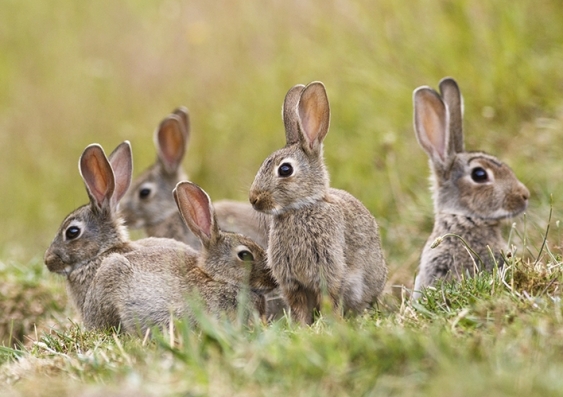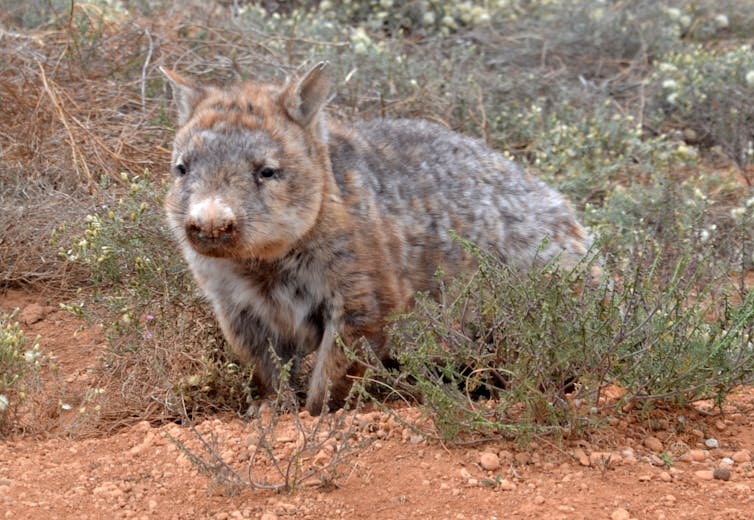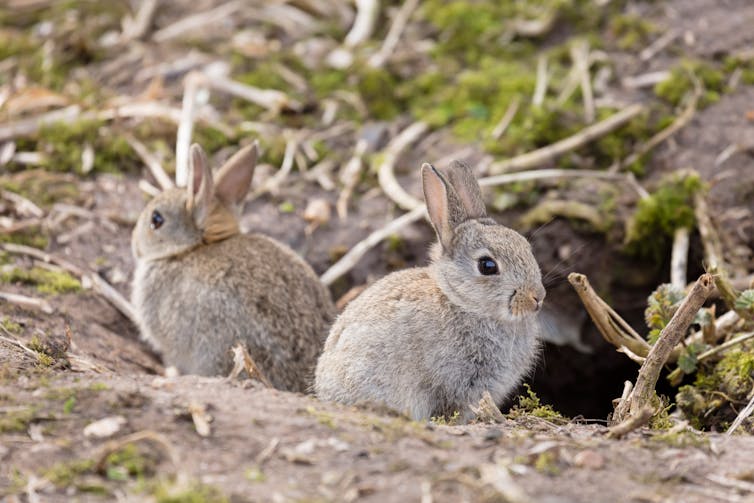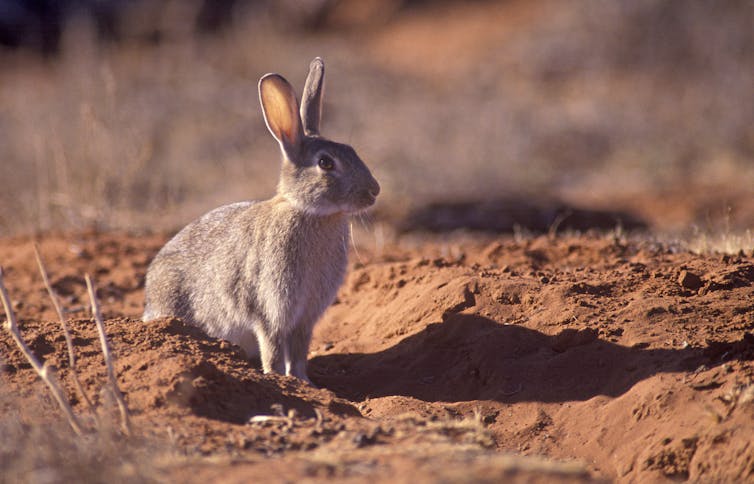Releasing a virus against rabbits at the wrong time can make them immune
New research finds 74 per cent of land managers who reported releasing a powerful biocontrol, release it during the peak rabbit breeding period. This can lead to rabbit populations actually increasing.





